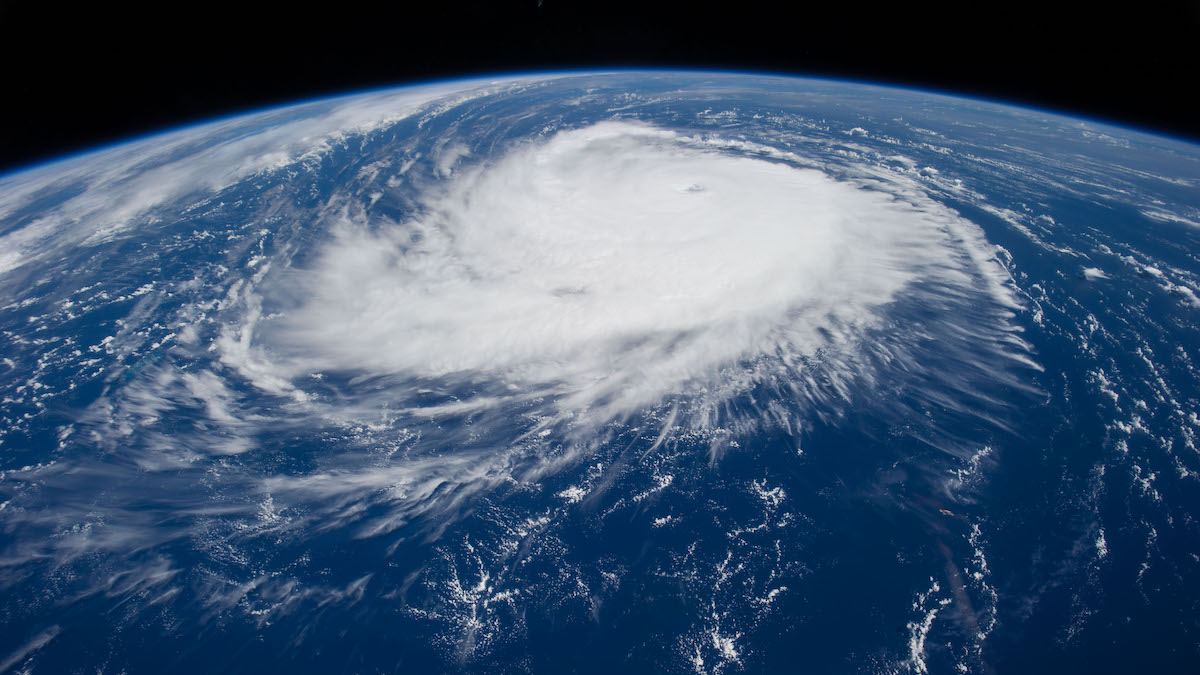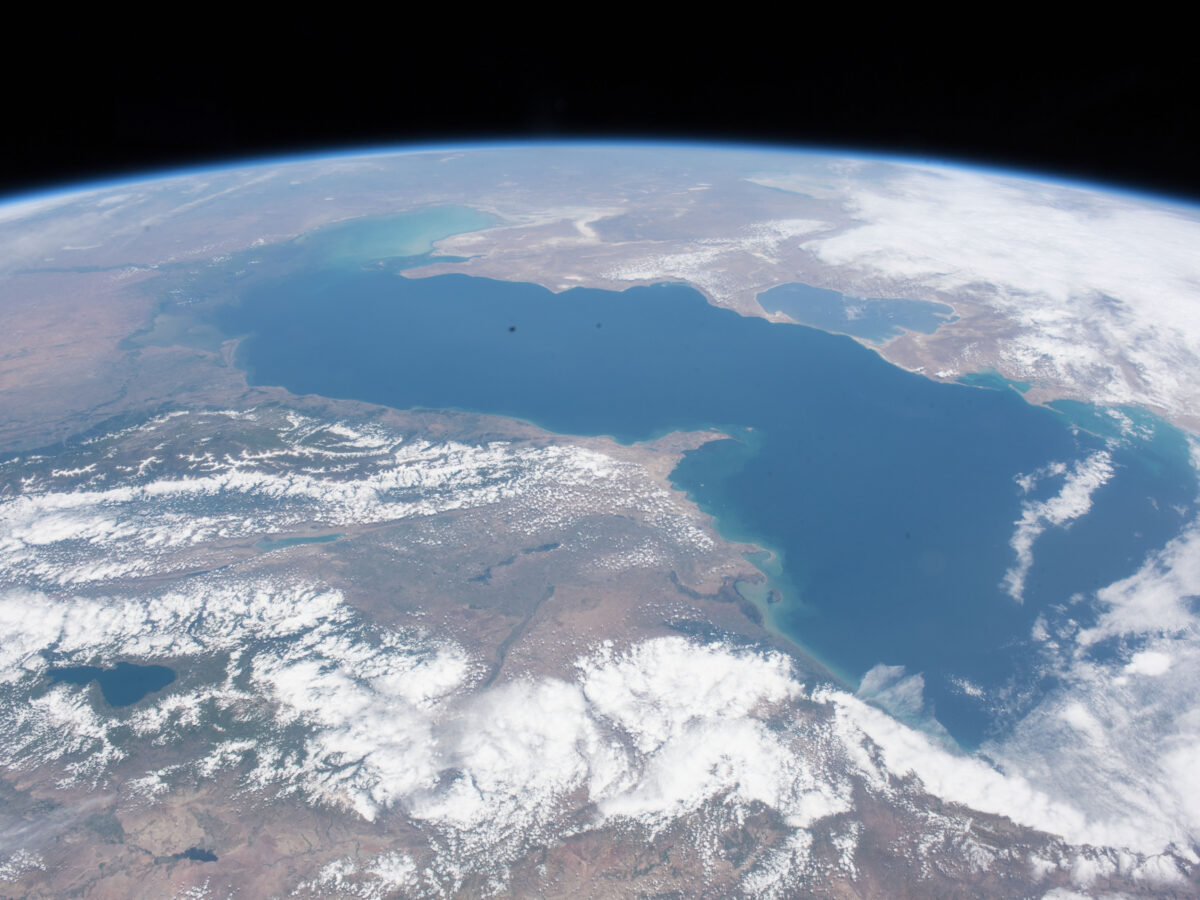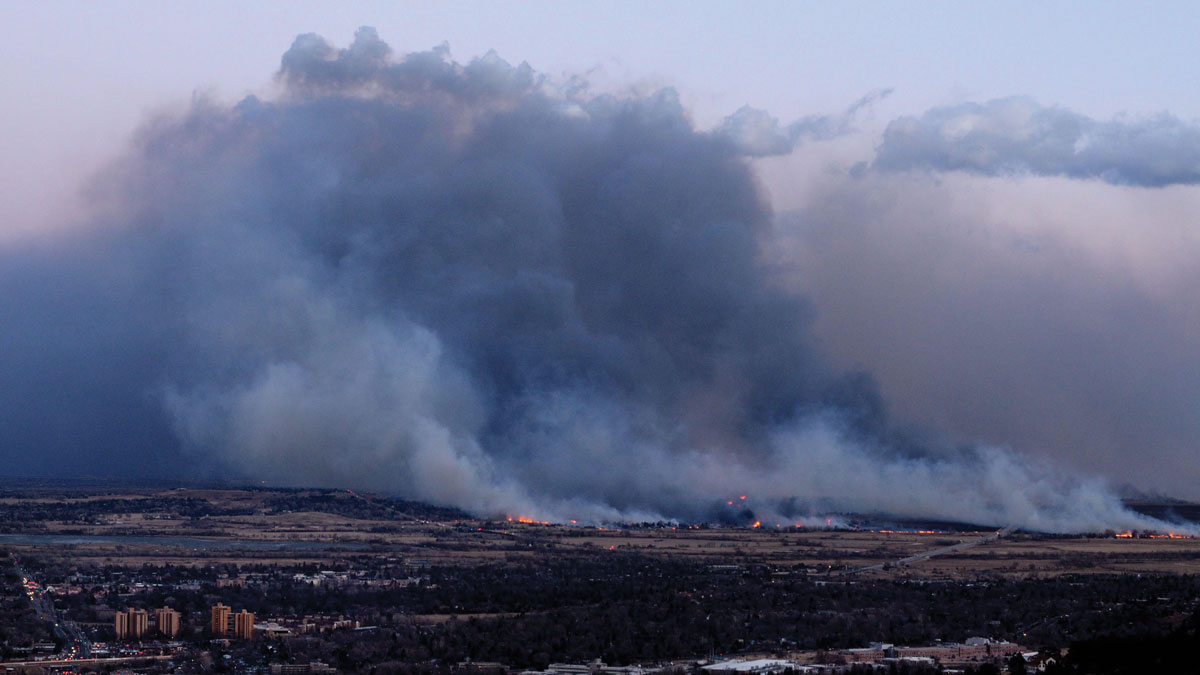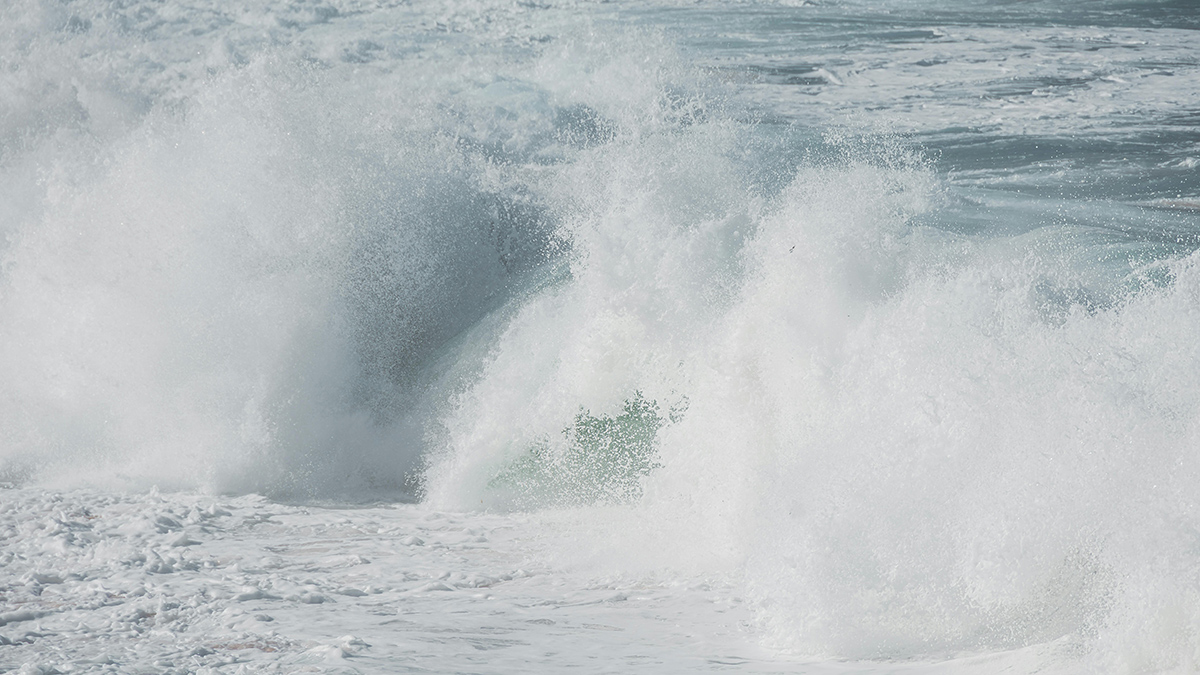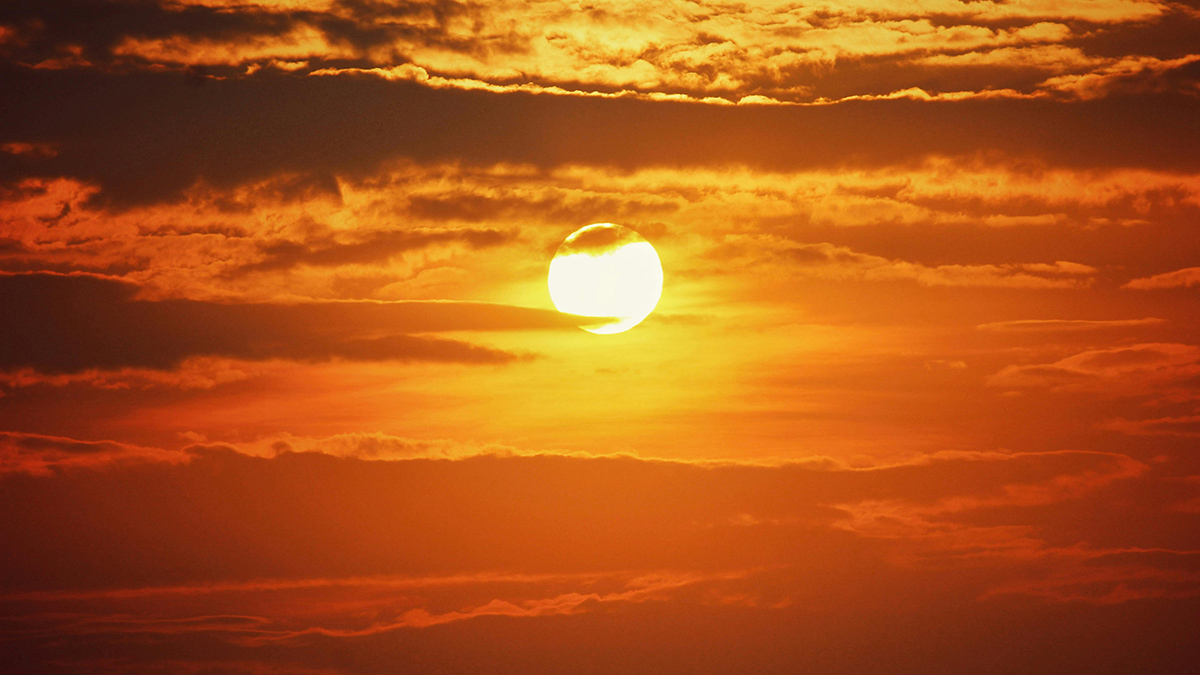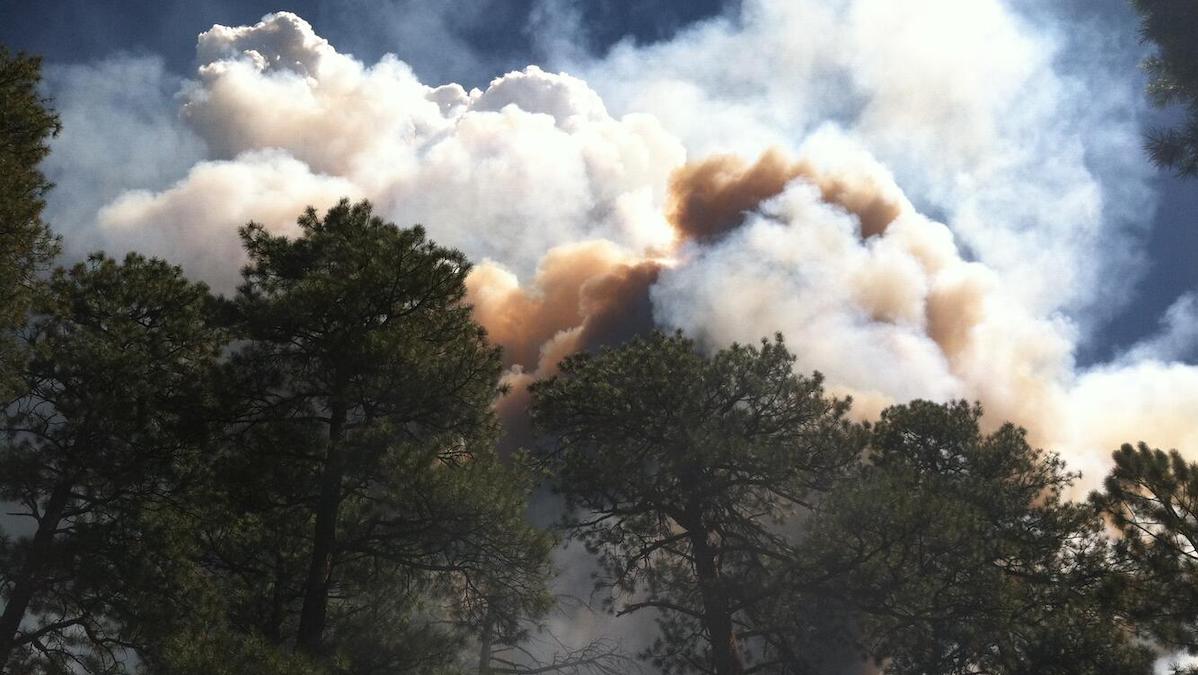PFAS levels are growing in some of the Great Lakes, and precipitation is a big contributor.
Grace van Deelen
Grace van Deelen, joined Eos in 2023 as a staff writer. She covers all things Earth science and is particularly interested in stories that highlight the intersection of society, the environment, and equity in science. Grace holds a master’s degree from MIT’s Graduate Program in Science Writing and bachelor’s degrees in biology and anthropology from Tufts University.
Sharing the Geology of the Tour de France
In short broadcasts, a team of educators brings geological knowledge to the cycling world.
2024 Could Be Among Most Active Hurricane Seasons Ever
A new NOAA report predicts an extraordinarily active Atlantic hurricane season spurred by record ocean temperatures and a shift to La Niña conditions.
As the Caspian Sea Recedes, Tectonics May Help Shape Its Coastline
Land subsidence and uplift determine where the Caspian Sea’s coastline shifts the fastest.
When Fieldwork Comes Home
The impacts of the 2021 Marshall Fire rippled through a community of Colorado geoscientists, spurring them to action.
Ocean Waves Mist Decades-Old PFAS into the Atmosphere
“Forever chemicals” enter the air as sea spray aerosols, polluting coastlines and beyond.
Chemodiversity Could Indicate Freshwater Ecosystem Health
High-resolution mass spectrometry provides innovative analyses of dissolved organic matter.
Temperaturas récord posiblemente continuarán ante la persistencia de El Niño
Es probable que las temperaturas globales superficiales del aire se mantengan elevadas durante el comienzo del verano debido a la persistencia del evento de El Niño.
Forecasters Expect Slow Start to U.S. Wildfire Season
A wet spring in the United States will dampen early fires, but some regions will see elevated risk this summer.
No Canadian Volcanoes Meet Monitoring Standards
A new analysis reveals serious monitoring gaps at even the highest-threat volcanoes.



